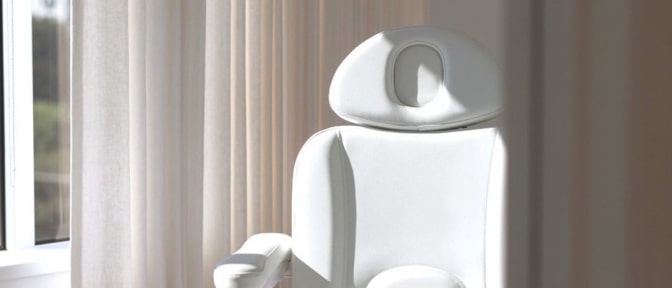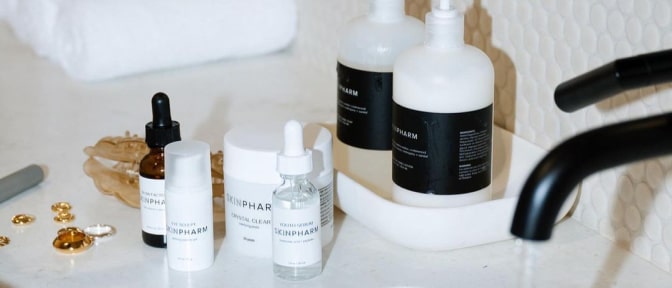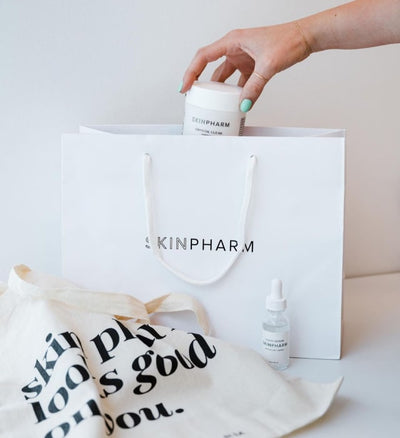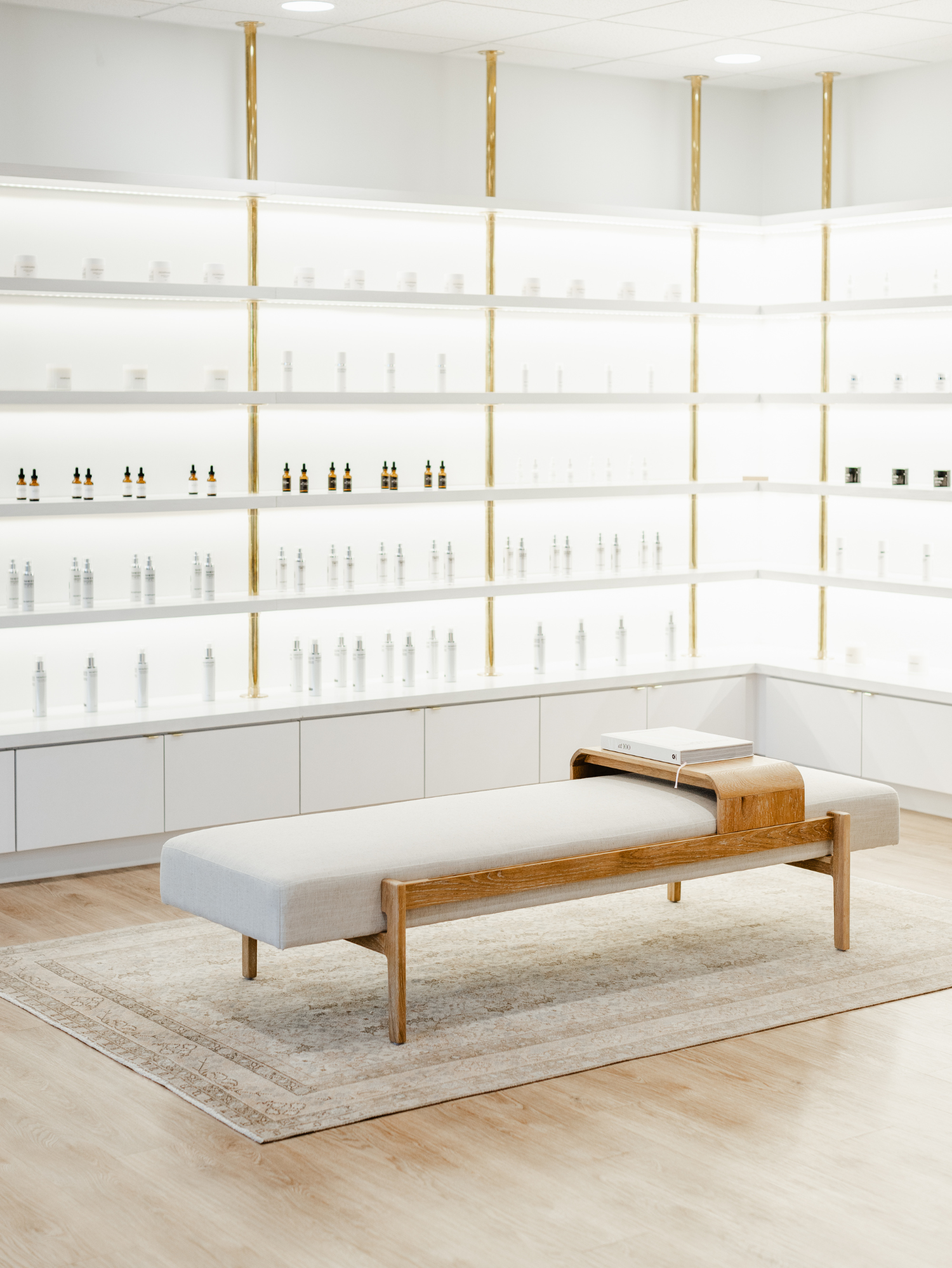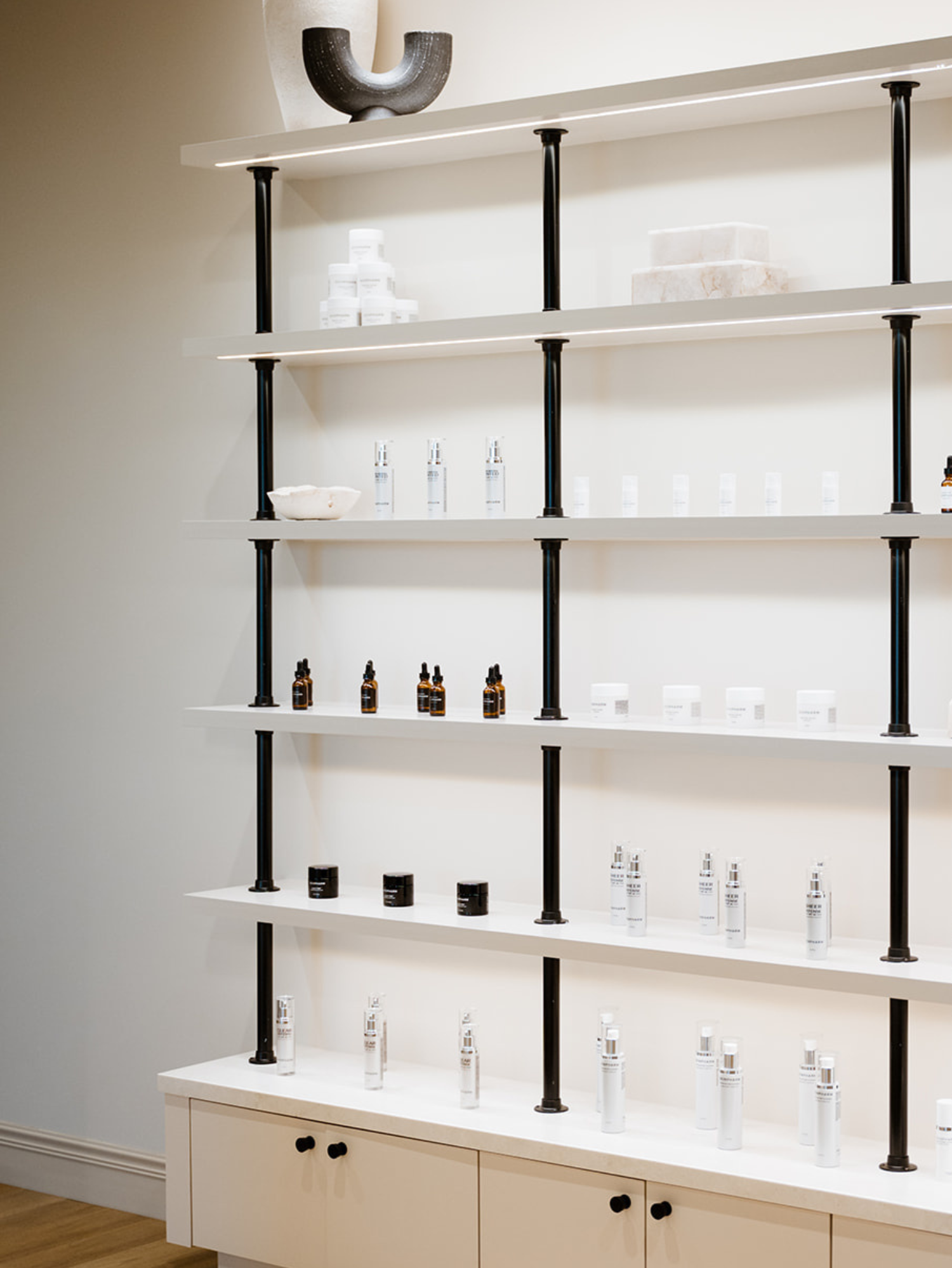Shop skin care
Clinics
VISIT OUR 9 CLINICS →
HOURS
Monday – Friday
9:30a – 5:30p
Winter Skin Care Routine for Nashville

If you're local to Nashville, we've got some winter skin care tips for you!
Nashville might not be a winter wonderland, but that doesn’t mean your skin's needs won't change as the weather does. A solid winter skin care routine is essential for helping your skin adapt to the changing seasons, especially when it comes to hydration — arguably one of the most critical components of skin health!
We've got some tips and tricks you can follow to keep your skin looking and feeling its best all year round. Don’t let the mild winter weather fool you — if you’re not prepared, the cold air in Nashville can and will take its toll on your skin.
What's winter actually like in Nashville?
If you’re new to Nashville, you may not know what to expect from the winter months here. While the temperature tends not to dip too far below freezing, the occasional arctic blast causes extra cold weather, ice, snow and blowing winds. On average, though, the temps in the winter stay between 30 and 50 degrees Fahrenheit.
What are the signs of dry skin?
Dry skin can present in different ways, depending on each person’s unique skin type, circumstances and lifestyle. Developing an awareness of how your specific skin experiences dryness can help you adjust your routine quickly to boost hydration and keep you comfortable.
For most people, how the skin feels can help pinpoint hydration issues. Flaking, tightness, redness, itching and discomfort are all red flags that your skin may be in need of a little extra moisture.
However, if you’re experiencing new symptoms or are noticing that your dryness is located in patches instead of all over your face, it’s always a good idea to consult your skin care provider to find the right treatment.
The best winter skin care routine for Nashville residents
Whether it’s your first year living in Music City or you’re a long-time resident, it’s important to have a quality winter skin care routine. Like any routine, it’s about each individual skin care product you use as well as how all of those products work together to support, protect and improve your skin.
All skin care routines need to start with an effective cleanser. Although what you use on your skin may be different from one season to the next, removing makeup, dead skin cells and other debris is always a good first step.
A gentle cleanser that doesn’t strip your skin of its natural oils or dry it out is especially beneficial when it's cold out. It’s just one more way to prevent tight, raw, flaky skin.
Once your skin is clean and patted dry (resist the urge to rub your skin, which can leave it irritated and red), move on to gentle treatments. If your skin tends to get dry and irritated in the winter, you may want to tone down the intense treatments and breakout remedies like retinol. However, you can generally still use gentle brightening ingredients like lactic acid, niacinamide and vitamin C.
Next, layer on products that offer deep hydration. Hydrating serums with active ingredients like hyaluronic acid, ceramides and aloe, followed by a supportive, emollient lotion, can give your skin a welcome dose of moisture. You may also want to add lip balm to your skin care regimen to protect your lips from the winter chill.
Lastly, don’t forget to apply sunscreen before leaving the house, even in the colder months! The UV rays beaming down from the sun may not feel as hot this time of year, but your skin still needs protection from them.
If you don’t properly defend your skin, UV rays can cause premature signs of aging, including fine lines and a loss of collagen. Generally, look for a sunscreen with an SPF of 35 or above that offers broad-spectrum (UVA and UVB) protection and water resistance.
A few more winter skin care tips
In addition to updating your skin care routine when the weather starts to cool, there are a few other ways to care for your skin during the drier, colder winter months.
Skip the steam
When it’s cold outside, a nice, hot shower often sounds like a fantastic idea. However, although it can be a wonderful self-care tactic (and a great way to warm up), water that's too hot can do far more harm than good.
The warmer the water, the easier it is for the bonds between the crucial fatty acids, lipids and other components of the skin barrier to break down. Over time, this can stop your skin from protecting itself effectively, leading to a loss of hydration and radiance. Instead, you may want to stick with lukewarm water, especially if your skin is already prone to moisture loss and dryness.
Consider a humidifier
Studies on winter humidifier use show just how beneficial they can be for everyone’s skin — both to help the skin stay healthy as well as keep it comfortable. Using a humidifier can help prevent dry skin, reduce the risk of upper respiratory infections and counteract dry air in the home caused by indoor heat.
Our bodies are mostly made up of water, so providing your skin with increased hydration in every way possible — both inside and outside the body — can be an excellent way to keep your skin feeling good. However, make sure that you empty your humidifier when it’s not in use and clean it regularly, as humidifiers can develop mold and trigger allergies if they get too dirty.
Adapt your skin care treatments seasonally
Similar to the way skin care products work differently in the heat of summer and the dead of winter, skin care treatments need the same consideration. While treatments offer benefits all year, there are some that have added benefits when the temps cool down.
Take chemical peels, for example. A chemical peel works like a reset button for the skin, helping to exfoliate it on a deeper level than over-the-counter products can. However, that process also leaves the skin far more vulnerable to outside influences, like UV rays.
Scheduling your chemical peel as a regular part of your winter skin care routine can help minimize that vulnerability and potentially reduce post-peel side effects (like redness and sensitivity).
Microneedling is another great treatment for winter, especially when combined with platelet-rich plasma. With the right cocktail of ingredients, microneedling can help give the skin the increased hydration it needs when the air gets dry. This treatment is one of the most effective ways to give your skin a little extra moisture.
Skin Pharm Nashville
Our Nashville skin care providers are here to help you keep your skin looking and feeling its best this winter — and all year round! Book a skin consultation with us to get started.
The bottom line...
Although Nashville doesn’t get nearly as cold as some areas in the northern United States, developing a supportive winter skin care routine is still important. Once the heaters come on and the temperatures drop, it’s up to you to give your skin the extra hydration it needs to stay feeling healthy and looking beautiful. Contact our Nashville med spa today to learn how we can support your skin as the seasons change.
SOURCES:
Sun Protection Factor (SPF) | FDA
